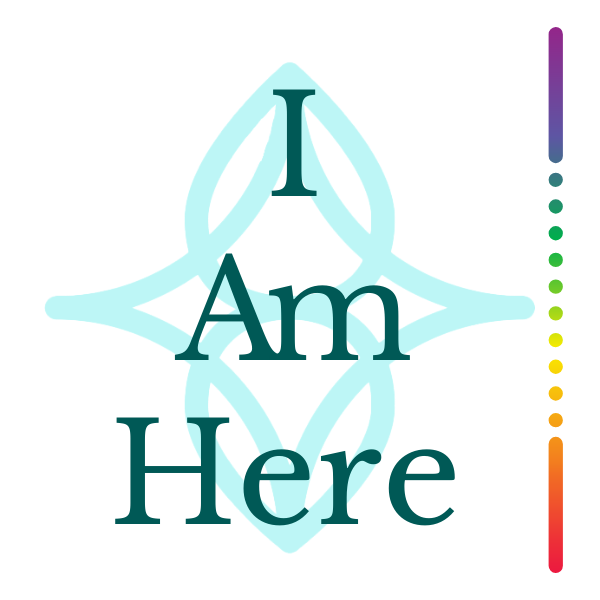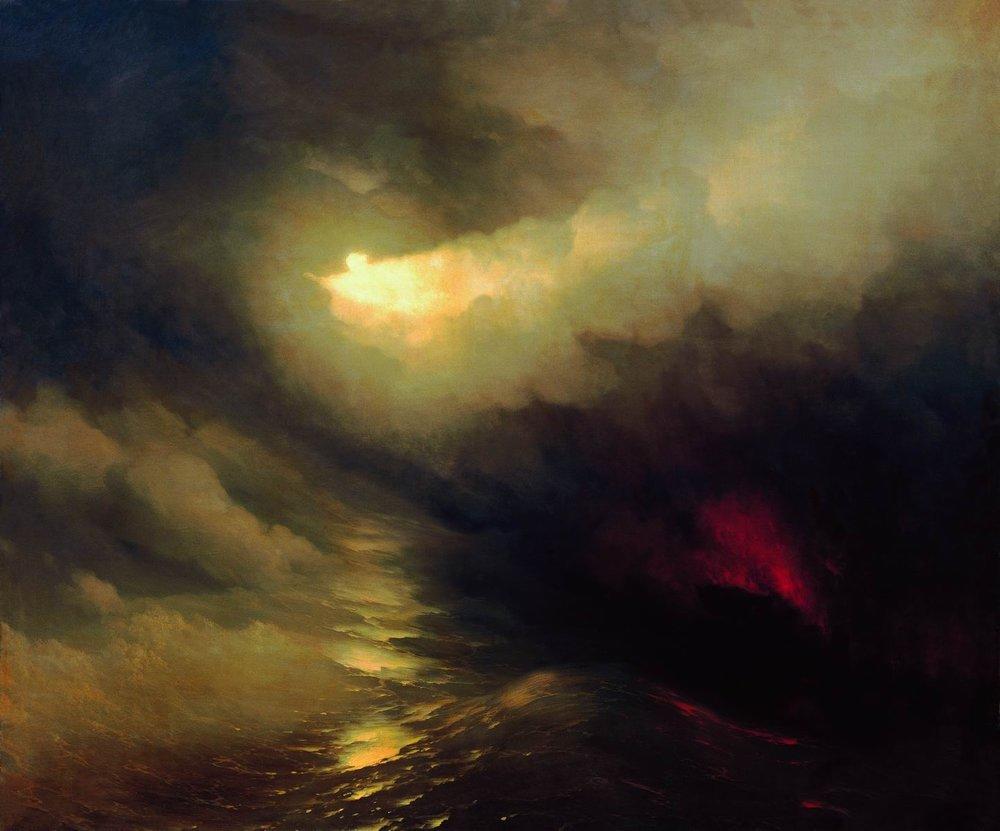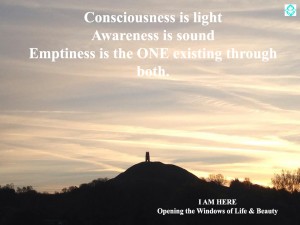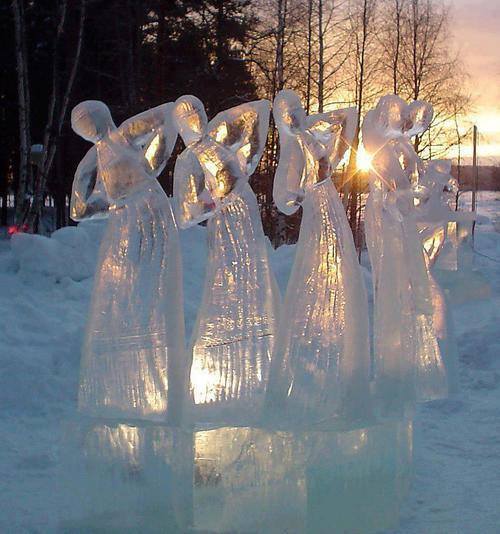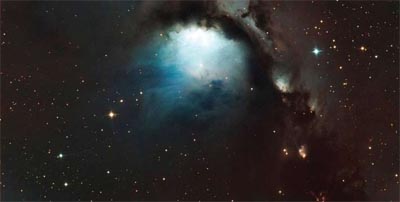There is a view put forth by the rabbis in the Talmud that the day of Rosh Hashanah (Jewish new year) coincides with the sixth day of creation, when humanity was created. According to this view, Rosh Hashanah becomes the birthday of all peoples; the birthday of human kind, undivided between male and female, black, white, east and west. When I told this to a bedouin in the Sinai desert on the evening of rosh ha shana, he grinned wildly and proclaimed: “So tonight, it is the birthday of all of us!”
It is a beautiful myth, seen from the perspective of a relative point in history – humankind looking back to its own unified origin – the first happening of creation. But what does it mean from a more metaphysical perspective?
A great uncle of our children, Rabbi Abraham Twerski, wrote that creation is not a happening of the distant past. In fact, the Rabbi (a direct descendant of the Baal Shem Tov, and a pioneer in Recovery centers for addiction across the US), is pointing to the nondual position of perpetual creation. There is no past, no future, only the now.
This is not far from a perspective of modern physics:
“All matter originates and exists only by virtue of a force which brings the particle of an atom to vibration and holds this most minute solar system of the atom together.”
Max Plank
Even the raw DNA of life can be seen as a language. DNA is read by ribosomes which translate the message from DNA language into the language of amino acids which sculpt a 3 dimensional shape into space. These objects are more like “utterances” into 3 dimensional space, rather than the hypothetical “matter” because they are 3 dimensional messages coded by DNA.
The creator, the rabbi says, is singing a melody. At any moment he could fall silent and the whole of creation would collapse. That is, if the creator would cease the vibration that is the energy moving behind, in and through, every atom, particle, molecule and cell, would fall silent, both the perspective of the ‘here’ and the ‘now’ would implode.
The Book of Genesis is quite precise in it’s description of creation. The creator says “Let there be light” and then there is light. The movement is one of allowance and acceptance, a permission given to take form. It is not a dictate, or an order. It is an act of opening. Each day of creation is concluded with the reflection and affirmation: “and he saw that it was good.”
Perhaps this is an early description of pre-human perception. God saw. Allowance, followed by the affirmation of seeing.
Out of this movement: allowance, seeing and affirmation, the human is perpetually created in the image of the creator. This primal form – the first human form, is an image – a reflection of something way beyond itself – a component held in universal imagination which is allowed to take form, moment by moment.
In the words of Krishnamurti:
“Out of perception comes energy; and it is this energy born of perception that is going to shatter the petty mind, the respectable mind, the mind that goes to the temple, the mind that is afraid.”
Later on, in the Book of Genesis, in the Garden of Eden, the creator is searching for Adam. Adam and Eve are hidden in the bushes, struck with shame. This cardinal shame, the perception or belief in separation or “otherness”, has arisen as they ate from the Tree of the Knowledge of Good and Evil. They began to judge, and their perceptive universe was already sliding into an absolute belief in division and separation. The creator called: Adam, where are you? Free of shame, he would have replied: I AM HERE. Instead, the sacred couple hid their forms in shame.
All of this is not history, it is alive in the here and now, at the core of our civilization, in structures of collective memory. Shame is one of the last feeling afflictions in the here and now to be realized as non-definitive in the passage through emptiness to unity. Shame arises where there is a belief in the reality of separation, which tends to be coupled quickly with dualistic beliefs in the possibility of good/evil, superiority/inferiority, kill or be killed. The original sin – knowledge of good and evil.
Who is this creator? This one that allows, sees, and affirms? Who is this one, who beyond the here and the now, beyond the light and the darkness, beyond all seeing, allows the creative need?
For us, Nisargadatta gives the most refined pointer:
“In reality there is only the source, dark in itself, making everything shine. Unperceived, it causes perception. Unfelt, it causes feeling. Unthinkable, it causes thought. Non-being, it gives birth to being. It is the immovable background of motion. Once you are there, you are at home everywhere.”
This one is at the source of all we are, moment by moment. It is pure beyond judgement, prior to Eden and the division into male and female, prior to light, prior even to universal chaos. This is the one we should honor at the core of ourselves, and running through every thought, every breath, every feeling and every sensation. This one, always already present even before memory and the inscription of any bible – this one is ubiquitous to all we are.
At the core of Western mythology, an emanation of this one would speak to Moses in the Sinai Desert from the core of the perpetually burning bush. When Moses asked his name, he replied: I am that I am. That is the popular English translation, but in Hebrew the words are more: Be that will be (perpetual becoming).
Wishing you many eternal moments of freedom, joy, and perpetual rejuvenation!
With love and peace,
